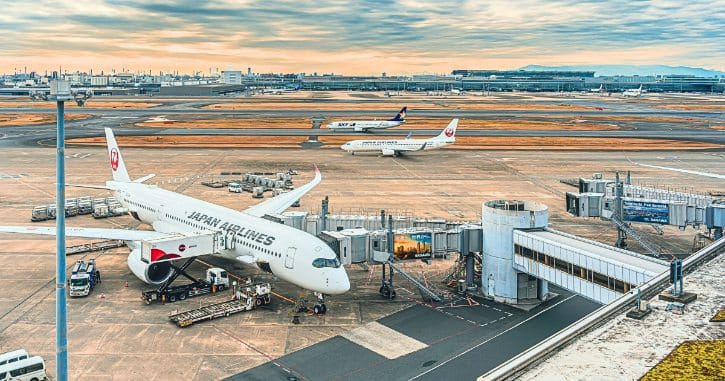
Planning a trip to Japan? Before you pack your bags, know that entry isn’t always guaranteed.
From incomplete itineraries to past law violations, Japan’s strict entry requirements might catch you by surprise.
Keep reading to discover 10 reasons you could be denied entry and ensure your dream vacation doesn’t end before it begins! 😊
1. Why You Should Register on the Visit Japan Web Before Your Trip

If you don’t register online before your trip, you’ll have to complete the process at the airport before entering Japan, which could take extra time.
To make your arrival smoother and faster, I encourage you to fill out the Visit Japan Web at least 2 days before your flight.
This will help you avoid any delays and ensure a hassle-free entry into Japan.
How to Register Your QR Code Online Before Arriving in Japan
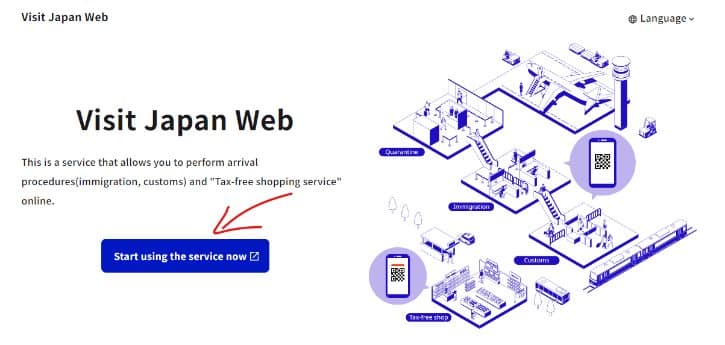
1. Visit the Visit Japan Web: Start by heading to the Visit Japan website.
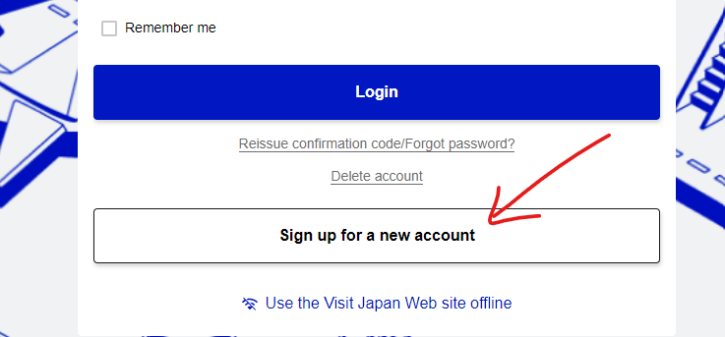
2. Sign Up: Click on the “Sign up for a new account” button to create your account.

3. Agree to the Terms: Make sure to tick both checkboxes for the terms and conditions.

4. Create Your Account: Sign up using your email and a password.

5. Log In: Once you’ve created your account, log in to the Visit Japan Web.

6. Enter Your Details: Begin by registering your personal details.

7. Select Tax-Free Option: Choose “No” for “Will you use Tax-free QR Code?” since you can purchase tax-free items using your passport.

8. Enter Information Manually: Opt for “Enter information yourself” as the “Scan with camera” option might not work well.

9. Fill in Your Personal Information: Enter details like your passport number and name, then click “Next”.

10. Complete Your Registration: After filling in your information, click on the “Register” button.

11. Visa Requirements: If you don’t need a visa to visit Japan, select “No” and click “Back to Home”.

12. Register Family Members: If you’re traveling with family, click “Details of family members traveling with you” and follow the same registration steps for each member.

13. Register Your Trip: On the “Register Planned Entry/Return” page, select “Proceed to registration without copying details”, then click “Next”.
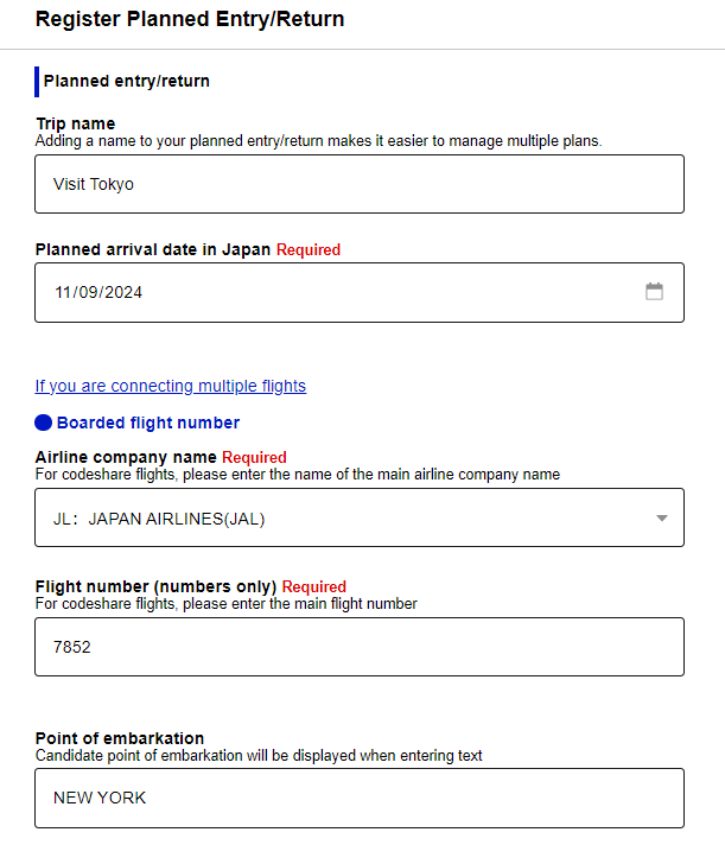
14. Enter Trip Details: Fill in your trip name, arrival date, flight number, and other relevant information, then click “Next”.
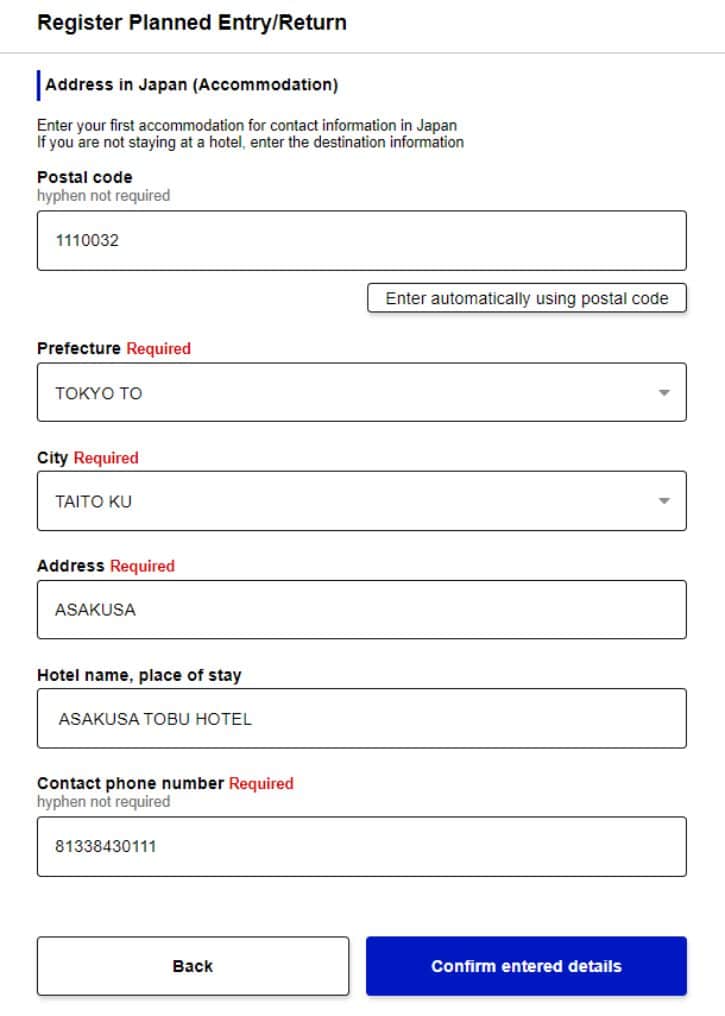
15. Provide Accommodation Information: Enter your accommodation address and any other required details.

16. Confirm and Register Your Plan: Review your information for accuracy, then click “Register plan”.

17. Select Your Entry: Click on the entry/return plan you just registered.

18. Complete Immigration and Customs: Click on “Immigration clearance and Customs declaration”.

19. Fill Out the Disembarkation Card: On the “Disembarkation Card For Foreigner” page, enter your stay duration and answer the questionnaire, then click “Next”.

20. Finalize Your Declaration: After completing the declaration, click “Register”.

21. Download Your QR Code: Ensure you see a QR code in your account. Each family member under your account also needs a QR code. Download all QR codes, including those for family members, and keep them on your smartphone.
When you arrive in Japan, you have two options to show your QR code to immigration officers.
You can either open the Visit Japan Web on your smartphone and select “Display the QR code”, or you can open the saved QR code directly from your phone’s gallery and show it to them.
Make sure you have the QR codes readily accessible for all family members traveling with you.
2. Suspicious or Incomplete Itinerary

If your travel plans to Japan appear unclear or suspicious, immigration officers may deny you entry.
A vague or incomplete itinerary can raise red flags, as officials may suspect you lack a legitimate purpose for your visit.
Ensure you have confirmed accommodation bookings, a return ticket, and clear plans for your stay.
Presenting a well-organized itinerary helps demonstrate that you’re a genuine tourist with no intent to overstay or engage in illegal activities.
Read More: 17 Biggest Mistakes Travelers Make When Visiting Japan
3. Overstaying on a Previous Visit
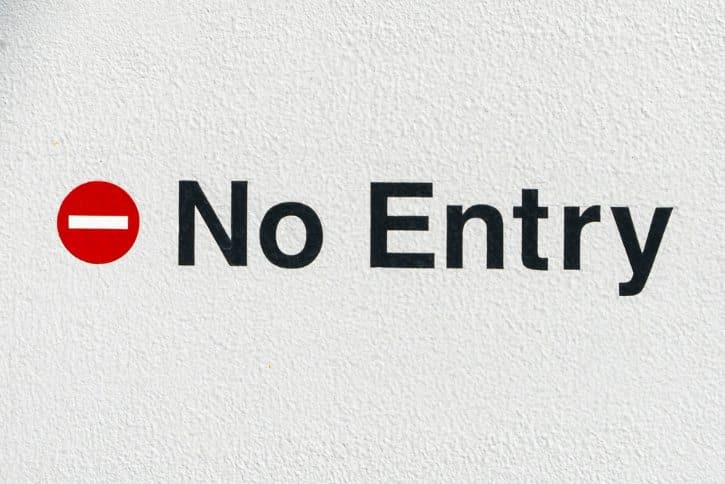
Japan takes visa regulations seriously, and overstaying on a previous visit can lead to being denied entry on future trips.
Even if it was an innocent mistake, overstaying can result in your name being flagged in their system.
Immigration authorities view this as a breach of trust, making them wary of allowing you back in.
Always respect the duration of your visa and ensure you leave Japan on time to avoid complications later.
Read More: 10 Hidden Japanese Rules That Can Lead to Fines
4. Drug Offenses

Japan enforces strict regulations on medications. You can bring up to a one-month supply of prescription drugs without prior approval.
For external drugs (excluding prescription drugs), you’re allowed up to 24 items per product.
Injectable drugs and syringes, like pre-filled syringes, are also limited to a one-month supply.
Narcotics and psychotropics require permission from Japanese authorities before entry.
Always carry documentation for any medications you bring.
Read More: Careful! 10 Things You Can’t Bring Into Japan
5. Involvement in Prostitution

Japan strictly prohibits entry to anyone involved in the sex industry, including past involvement.
This applies to both those who’ve worked in prostitution and those who’ve been clients.
Even if it was legal in your home country, Japan’s stance remains firm.
If immigration suspects any connection to prostitution, they may deny your entry.
It’s important to be aware that this rule is applied broadly and can include various forms of sex work.
Read More: 11 Things You Should Never Do In Japan
6. Infectious Diseases

To protect public health, Japan may deny entry to travelers with certain infectious diseases.
This includes active tuberculosis, cholera, influenza, and other conditions specified by Japanese health regulations.
If you have any symptoms or a medical condition, it’s wise to carry a doctor’s note and any necessary medications to avoid misunderstandings at immigration.
Read More: 10 Must-Know Etiquette Rules Before Visiting Japan
7. Deportation History

If you’ve been deported from Japan or another country, it could significantly hinder your chances of re-entry.
Deportation typically indicates that you’ve violated immigration laws or posed a security threat.
Japan’s immigration officers consider such history seriously, viewing it as a major red flag.
To avoid this situation, it’s crucial to comply with all visa requirements and immigration laws to ensure a smooth entry on future visits.
Read More: 10 Crucial Rules Every Traveler Must Know in Japan
8. Criminal Record

A criminal record can be a major obstacle to entering Japan.
The country’s immigration officials carefully review the backgrounds of all visitors, and a history of criminal activity, especially involving violence, theft, or fraud, can lead to refusal of entry.
Japan prioritizes the safety and security of its residents and tourists, so any indication that you might pose a threat can result in being denied access to the country.
Read More: Don’t Come to Japan these Months!
9. Previous Immigration Violations
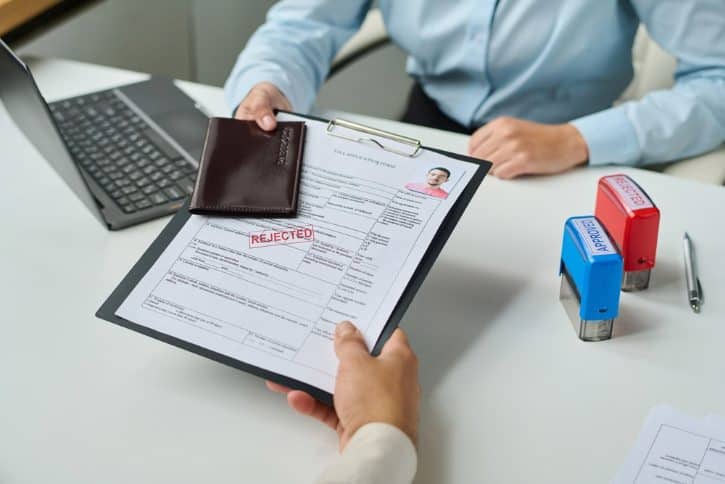
Violations such as working on a tourist visa, providing false information, or other immigration-related offenses can result in being barred from entering Japan.
Immigration authorities keep detailed records of past infractions, and even minor violations can lead to a denial of entry.
Ensuring that you follow all immigration laws during your visits is crucial, as previous violations can have long-lasting consequences on your ability to travel.
Read More: 10 Must-Do Actions if an Earthquake Hits in Japan!
10. Japanese Law Violation Consequences

Violating Japanese laws, even minor ones, can have severe consequences for future travel plans.
Japan is known for its strict legal system, and any past infractions, such as traffic violations, disorderly conduct, or more serious crimes, can result in being blacklisted from entering the country.
Even if the violation occurred years ago, it could still impact your ability to visit Japan again.

